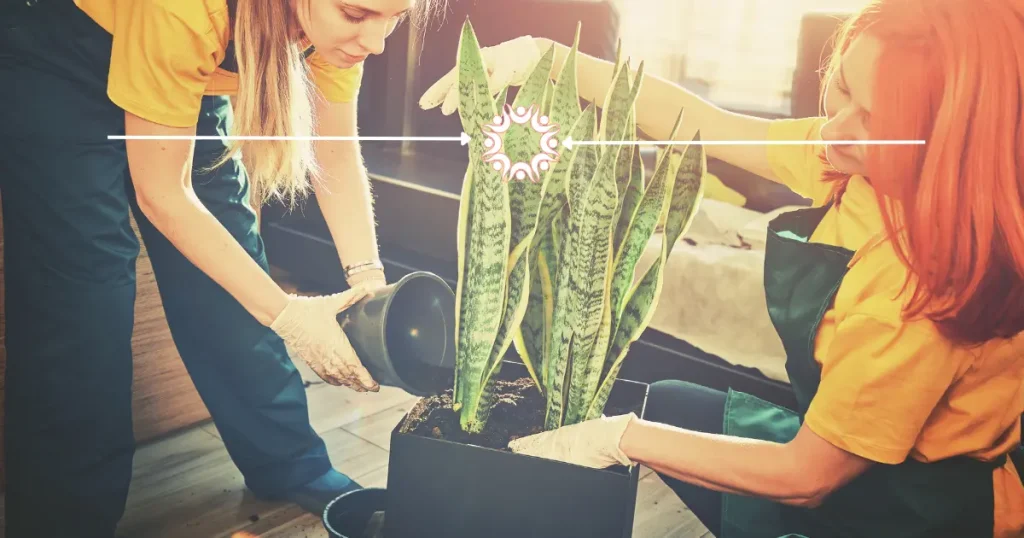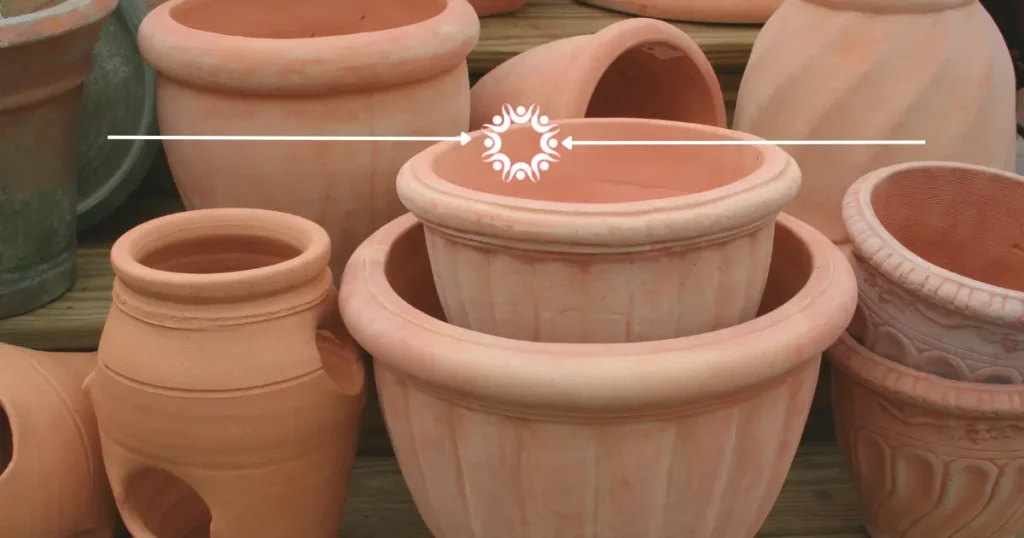Proper Snake Plant Drainage: The Ultimate Guide
Snake plants (Sansevieria) are some of the easiest houseplants to keep alive—even if you tend to forget about them. They don’t need much water, they’re fine in low light, and they can handle a little neglect.
But one thing they don’t tolerate? Sitting in soggy soil. If you want your snake plant to stay healthy, proper drainage is key. Here’s what you need to know about keeping your plant’s roots happy and rot-free.
Why Drainage Matters for Snake Plants
Snake plants are tough, but too much water is their downfall. They like their soil to dry out completely between waterings, and if excess moisture sticks around, their roots can rot. Root rot is one of the fastest ways to kill a snake plant, so good drainage helps prevent that from happening.
Do Snake Plants Need Drainage Holes?
Yep! The easiest way to keep your snake plant’s roots from getting waterlogged is by using a pot with drainage holes. These holes let excess water escape so it doesn’t pool at the bottom of the pot. If you’re using a pot without drainage holes, it’s still possible to make it work—you’ll just need to be extra careful with watering (and honestly, it’s not the best option for beginners).
How to Keep Your Snake Plant’s Soil Well-Draining
Want to set your snake plant up for success? Here’s how:
Use a Pot with Drainage Holes: This is the simplest way to prevent overwatering. Terra cotta pots are a great choice because they help absorb excess moisture.
Pick the Right Soil Mix: A well-draining soil mix (like one for succulents or cacti) is best. Look for one with perlite, coarse sand, or peat moss to help water drain faster.
Don’t Overwater: Snake plants don’t need frequent watering. Only water when the soil is completely dry.
Raise the Pot Slightly: Using a plant saucer or pot feet can help keep the pot from sitting in standing water.

What If Your Pot Doesn’t Have Drainage Holes?
If you love a pot without drainage holes and still want to use it for your snake plant, you have a few options:
Use a Moisture Meter: This little gadget can tell you if the soil is dry before you water, which helps prevent overwatering.veral steps you can take to ensure the health and well-being of your snake plant:
Double Potting: Keep your snake plant in a plastic nursery pot with drainage holes, then place it inside your decorative pot. When you water, just take out the nursery pot, let it drain, then put it back.
Layering for Drainage: Adding pebbles or activated charcoal at the bottom of the pot can help, but it’s not foolproof. Water can still pool at the bottom, so be extra cautious.
Choosing the Right Pot for Your Snake Plant
What Size Pot is Best?
Snake plants like being slightly root-bound, so don’t go too big with the pot size. Here’s a general guide:
- Small Snake Plants (6 inches tall): 4-6 inch pot
- Medium Snake Plants (12-18 inches tall): 6-8 inch pot
- Large Snake Plants (2 feet or taller): 8-12 inch pot
Best Pot Materials for Drainage
- Terra Cotta: Absorbs moisture and helps prevent overwatering.
- Ceramic: Holds more moisture, so make sure it has drainage holes.
- Plastic: Budget-friendly but retains water longer.
- Concrete: Heavy and durable, but only use it if it has drainage holes.

How (and When) to Repot Your Snake Plant
Snake plants don’t need frequent repotting—every 2-3 years is usually fine. Here’s how to do it right:
- Best Time to Repot: Spring or early summer is ideal.
- Go Slightly Bigger: Choose a pot that’s 1-2 inches larger than the current one.
- Use Well-Draining Soil: Stick with a mix that includes perlite or sand.
- Trim Any Rotting Roots: If you see mushy or brown roots, snip them off before repotting.
- Water Lightly After Repotting: Give the plant a small drink, but don’t drench it.
Watering Tips to Avoid Overwatering
Watering can make or break your snake plant’s health. Here’s how to do it right:
- Check the Soil First: Stick your finger in the soil about 2 inches deep. If it’s dry, it’s time to water.
- Less is More in Winter: Snake plants grow slower in colder months, so they don’t need as much water.
- Water the Soil, Not the Leaves: Pour water directly into the soil to avoid fungal issues.
Final Thoughts
Snake plants are pretty low-maintenance, but they do need the right drainage to stay happy. Whether you’re using a pot with drainage holes or making do without, the key is to avoid soggy soil. With the right setup—good soil, the right pot, and careful watering—your snake plant will thrive for years to come!
Following these best practices will help ensure a smooth and successful repotting process for your snake plant, promoting its growth and well-being.







